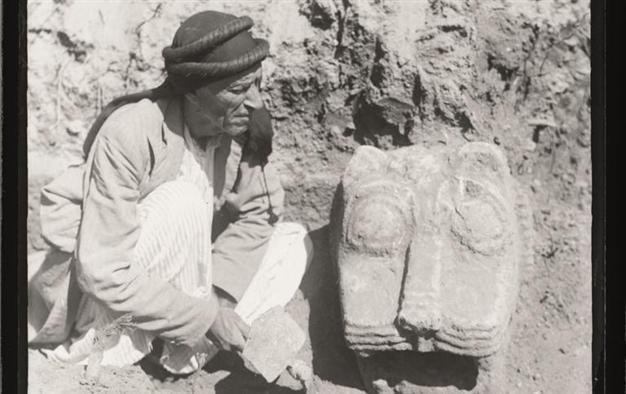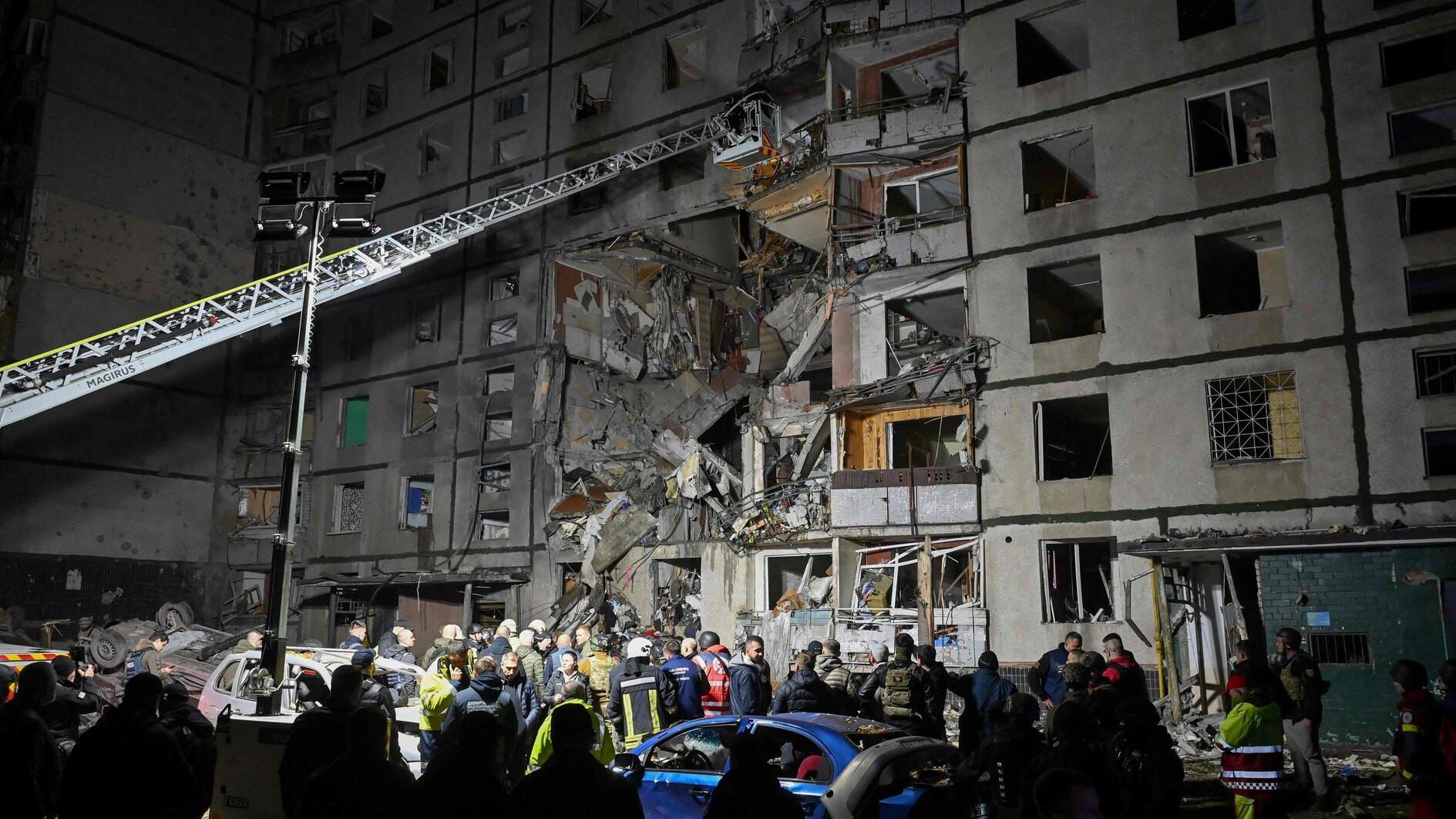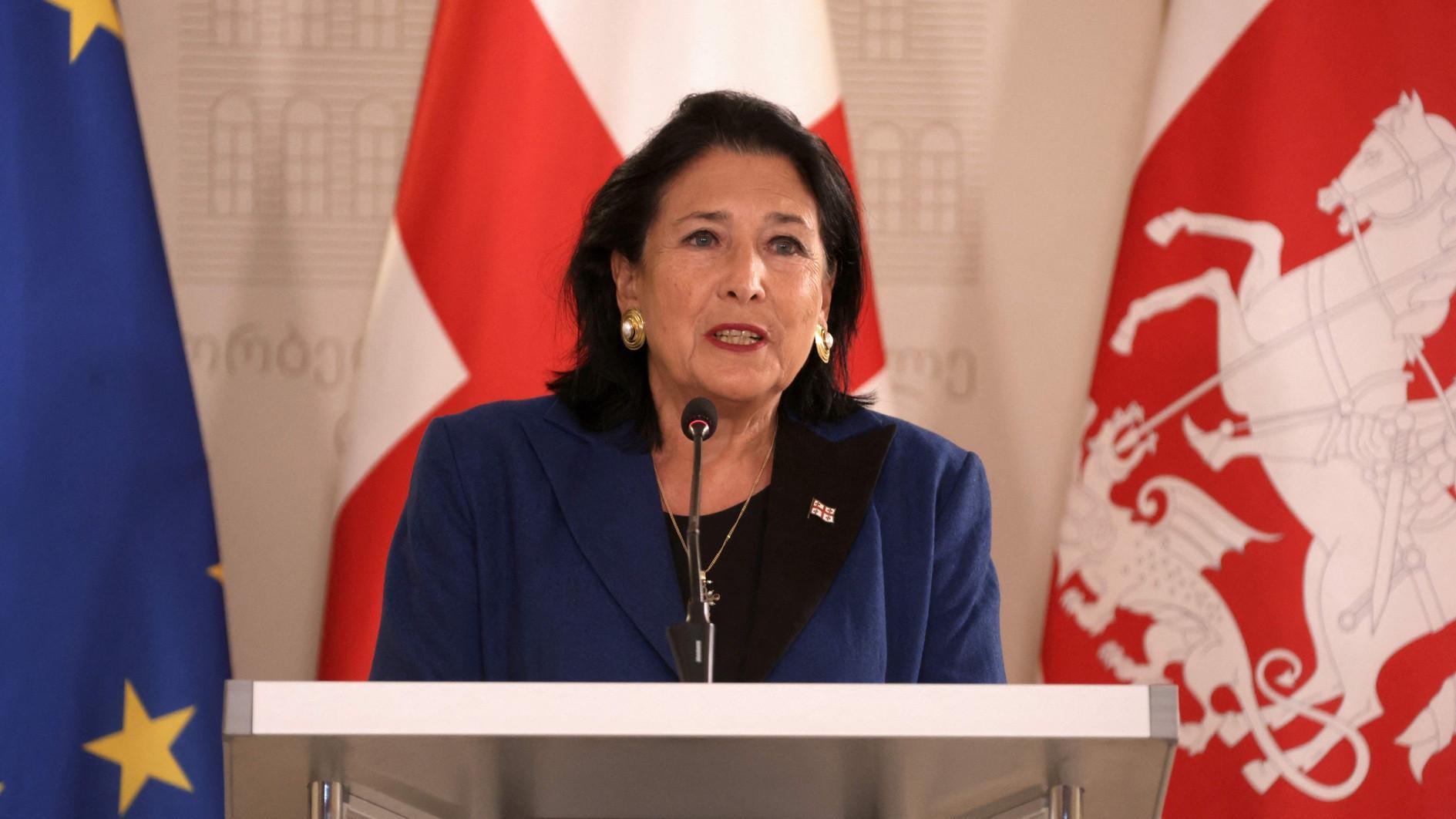Archaeology and photography at ancient Alalakh
ISTANBUL

The exhibition offers comparative visual content from Ancient Alalakh in the 1930s and from recent years, highlighting developments in the methodology of archaeology.
Koç University’s Research Center for Anatolian Civilizations (RCAC) in Istanbul is hosting an exhibition titled “The Forgotten Kingdom, Archaeology and Photography at Ancient Alalakh.”An ancient city-state, Alalakh was a late Bronze Age capital in the Amuq River valley of the eastern province of Hatay. It was occupied even before 2,000 B.C., when the first palace was built, and likely destroyed in the 12th century B.C., after which it was never reoccupied. The city contained palaces, temples, private houses and fortifications. Contemporary Antakya developed near the site.
Curated by Murat Akar and Hélène Maloigne, the exhibition consists of photographs from the area’s first excavation by British archaeologist Sir Leonard Woolley in the 1930s, alongside photographs from this century by Akar.
Comparative visual content
The exhibition offers comparative visual content from Ancient Alalakh (modern day Tell Atchana) in the 1930s and from recent years, highlighting developments in the methodology of archaeology. The photos were taken from Woolley’s excavations in 1936-1939 and 1946-1949, courtesy of University College London’s Institute of Archaeology, alongside photos from the current Koç University excavations directed by Aslıhan Yener.
Sponsored by Koç University and directed by Yener since 2003, the Tell Atchana excavation is considered one of the broadest scientific archaeological excavations in Turkey.
A book titled “The Forgotten Kingdom, Archaeology and Photography at Ancient Alalakh” by Koç University Press contains essays and a catalogue of photographs to accompany the exhibition. Ian Carroll contributed to the book’s foreword, while Rachael Sparks contributed a chapter titled, “Near Eastern Encounters: The Collections and Archives of the Institute of Archaeology, UCL.” The exhibition will be on display until Dec. 7.
















